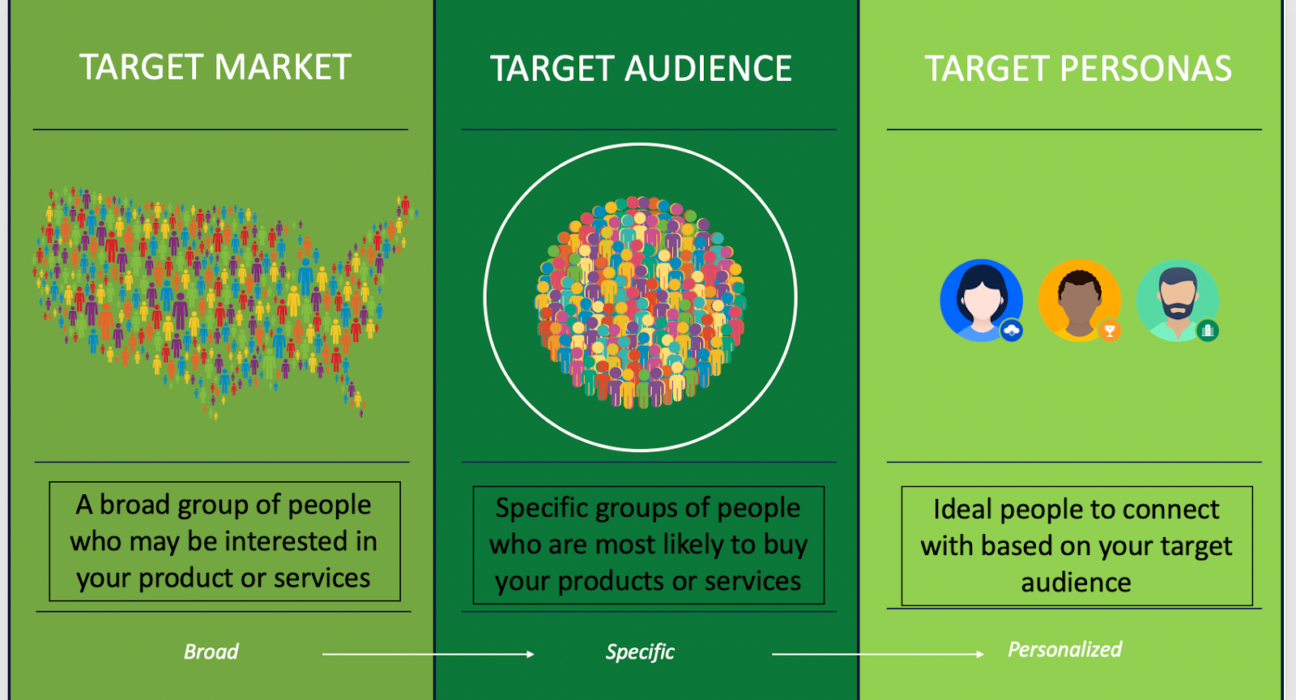Gone are the days when having an online presence was all that was needed for a business to thrive. Now, to succeed, brands must capture their digital audience and turn them into loyal customers. And an impactful website is key.
So what are the current best practices for creating an effective web engagement strategy, one that will increase website conversions? Read on.
Web Engagement That Converts: Best Practices
Crafting an effective web engagement strategy is pivotal for achieving business goals and igniting growth. This process revolves around eight key best practices:
1. Understand Your Target Audience
Identify your target audience meticulously. Concentrating on a smaller group of ideal prospects allows you to maximize marketing resources effectively. Leverage analytics tools, including pivots, trends, cohorts, flows, and funnels, to analyze customer preferences and tailor web engagement strategies at scale.


2. Segment Visitors for Targeted Communication
Utilize deep segmentation capabilities for highly targeted campaigns and hyper-personalized website experiences. Break down the market into real-time micro-segments based on demographics, behavioral trends, interests, RFM, and intent-based segmentation. Recommend products based on on-site behavior and browsing history to enhance conversions.


3. Create Compelling Messaging and CTAs
Craft emotionally persuasive and resonant content that leaves an impact. Clearly articulate your brand’s offerings and problem-solving benefits. Ensure that your messaging encourages web visitors to click through, enhancing the overall effectiveness of your strategy. 📣
4. Utilize Multiple Web Channels for Optimal Impact
Leverage various web messaging channels to increase engagement and conversions. Explore options such as web push notifications, web pop-ups, web exit intent, feedback surveys, web inbox, and web-native display to diversify your approach.
- Web Push Notifications: Engage visitors even when they’re not active on your site.
- Web Pop-ups: Drive repeat users and promote relevant offers.
- Web Exit Intent: Retain users at the moment they leave your site.
- Feedback Surveys: Gather actionable insights from NPS and rating surveys.
- Web Inbox: Re-engage users with personalized notifications accessible at any time.
- Web Native Display: Personalize the website experience based on past interactions. 🌐
5. Integrate Web Messaging
Incorporate web messaging into your omnichannel efforts to ensure seamless interactions across multiple touchpoints. This fosters a cohesive customer experience, reducing churn and increasing conversions.
6. Include Live Chat
Offer live chat support for real-time assistance that enhances customer satisfaction and improves conversions. Deploy chatbots for personalized support, FAQs, and prompt responses, especially during peak hours or when human support is unavailable. 💬
7. Use Lead Generation Forms
Implement lead generation forms with ready-to-use templates designed for capturing visitor details. Gather information such as name, email, phone number, and other user attributes to convert anonymous visitors into known users. 📝
8. Measure the Results of Your Web Engagement Strategy
Monitor website engagement metrics and KPIs to understand user behavior. Key metrics to track include engagements, notifications sent and viewed, conversions, A/B testing results, and the number of leads. This data allows businesses to evaluate the success of their web engagement strategies and make informed decisions for continuous improvement. 📊


![Conversion-Centric Web Engagement [Secret Tips Inside]](https://howtoecommerce.net/wp-content/themes/neeon/assets/img/noimage.jpg)








Leave feedback about this